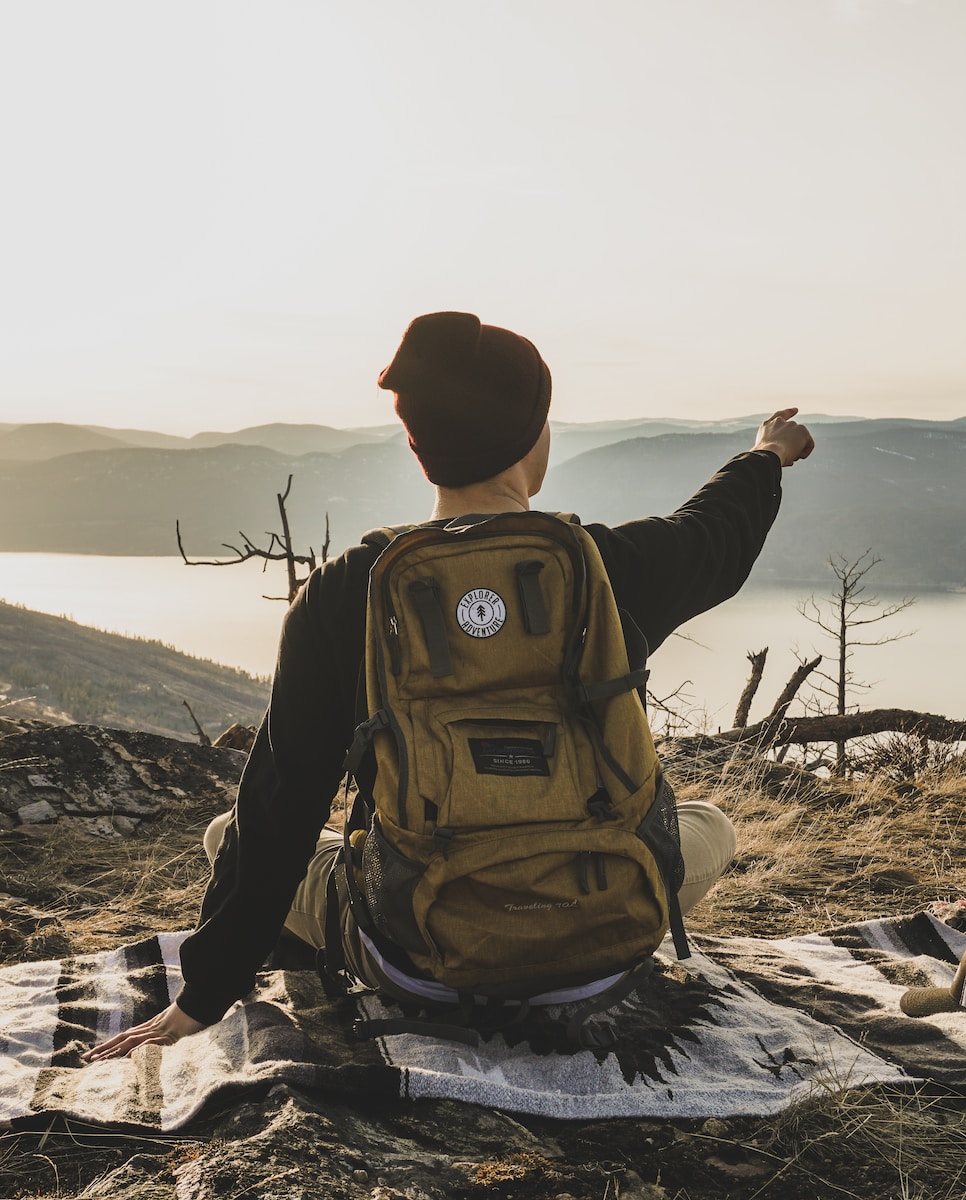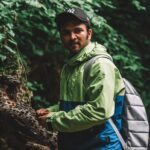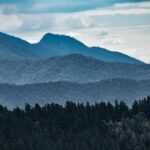Cultivating Curiosity: Teaching Kids about Native Plants
Nature is a treasure trove of knowledge and wonder. As parents and educators, one of our greatest joys is sharing this wonder with children. Teaching children about native plants and their traditional uses can be an excellent way to cultivate curiosity and connect kids to the natural world. It is a fun and engaging way to learn about the environment and the people who have lived close to it for centuries.
Traditions in Bloom: Learning the Traditional Uses of Plants
Learning about the traditional uses of native plants can be a fascinating experience for children. It helps them understand how people used to live in harmony with nature, using plants for food, medicine, and shelter. Children can learn about how the Cherokee used the bark of the slippery elm tree to make a healing tea, or how the Hopi used the leaves of the yucca plant to make fibers for weaving. By learning about these traditions, children can gain a new appreciation for the natural world and the wisdom of indigenous communities.
Roots in the Earth: Connecting Children to the Natural World
Teaching children about native plants is not just about learning the traditional uses of plants. It is also about connecting children to the natural world. When children learn about plants, they learn about the soil, water, and air that plants need to grow. They learn about the insects and animals that rely on plants for food and shelter. Children can also learn the importance of conservation and the need to protect our natural resources. By connecting children to the natural world, we can help them develop a sense of responsibility and stewardship for the environment.
In conclusion, teaching children about native plants and their traditional uses can be an enriching experience for both children and adults. By cultivating curiosity, learning about traditions, and connecting children to the natural world, we can help them develop a deeper appreciation for the environment and the people who have lived close to it for centuries. So, let’s get outside and start exploring!




